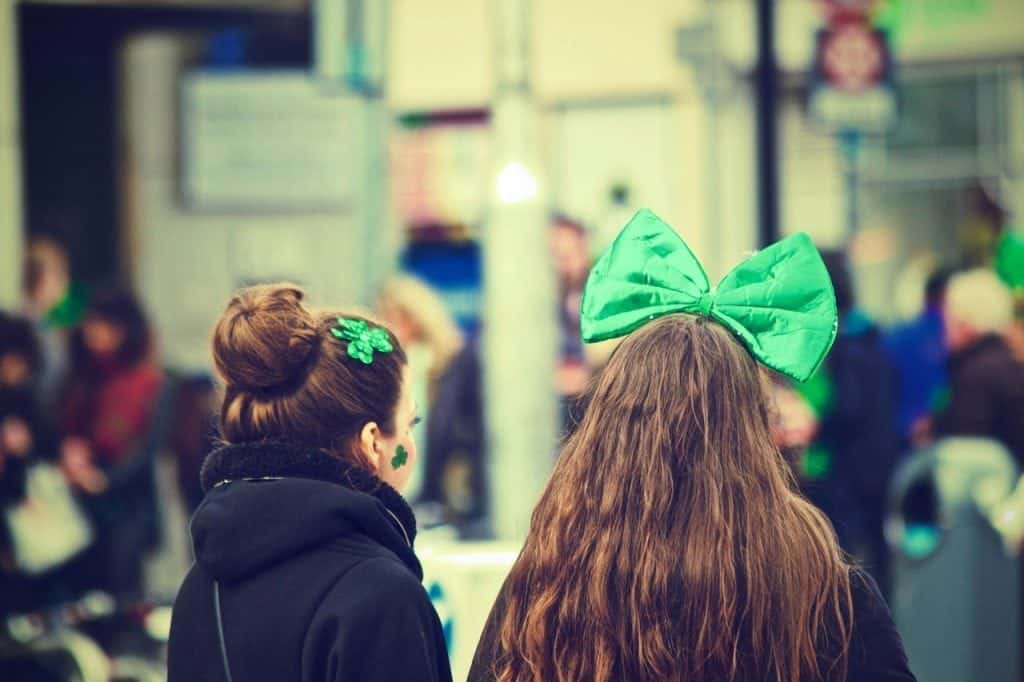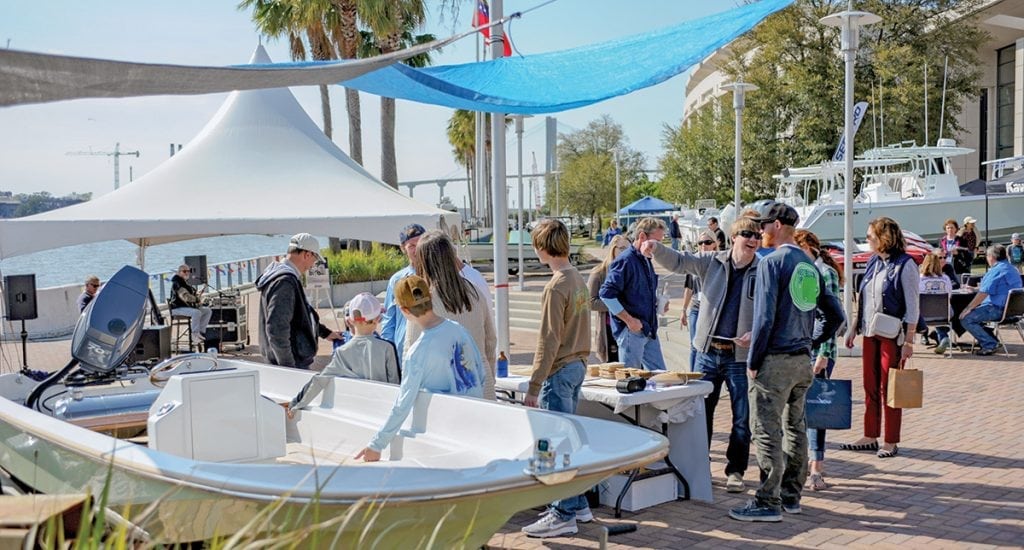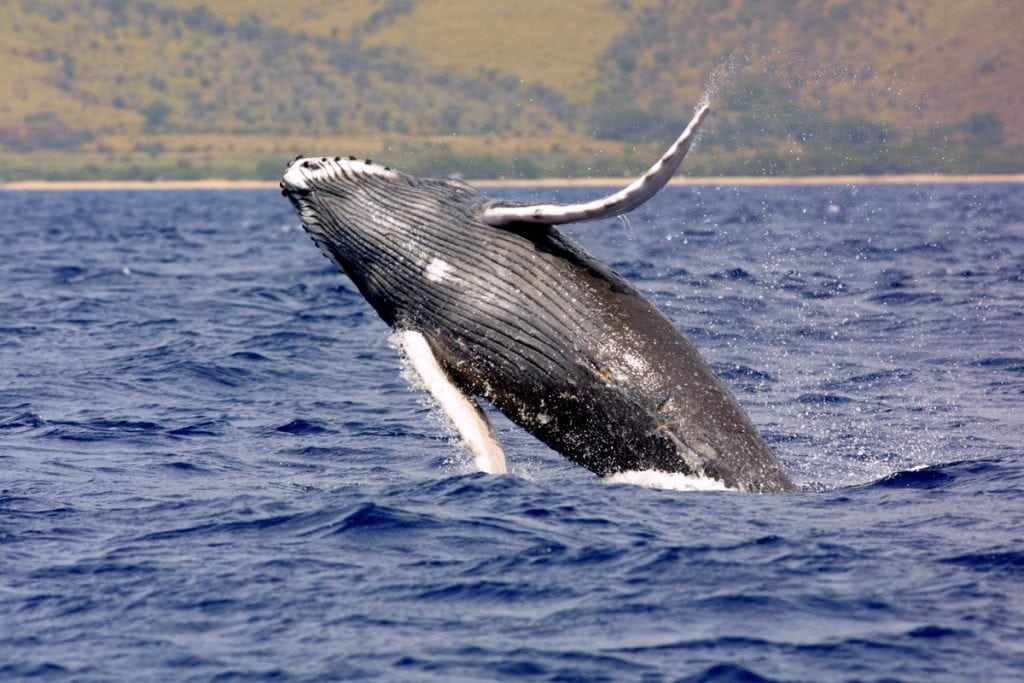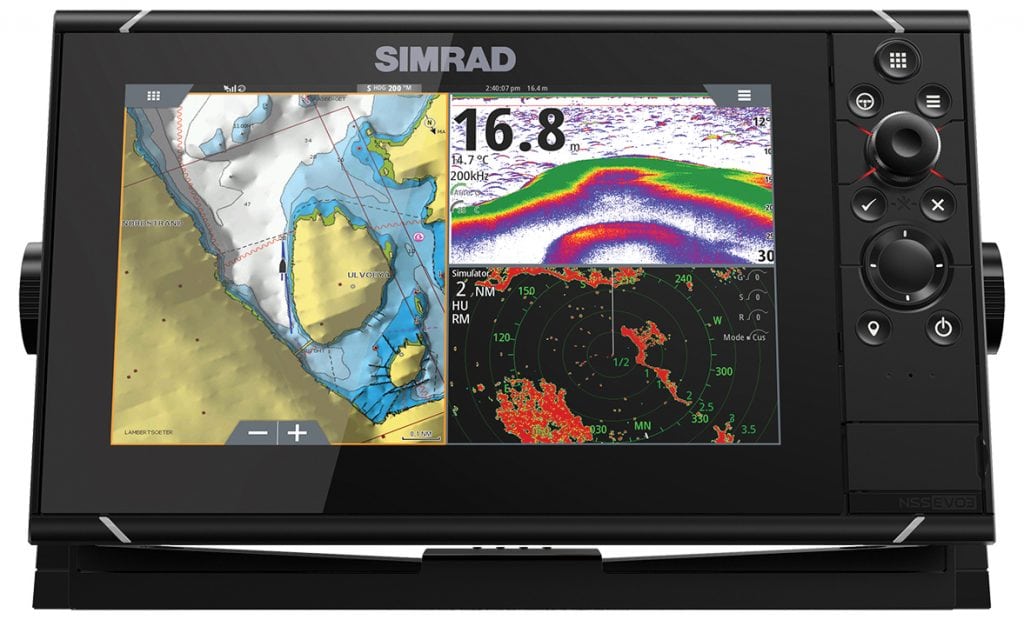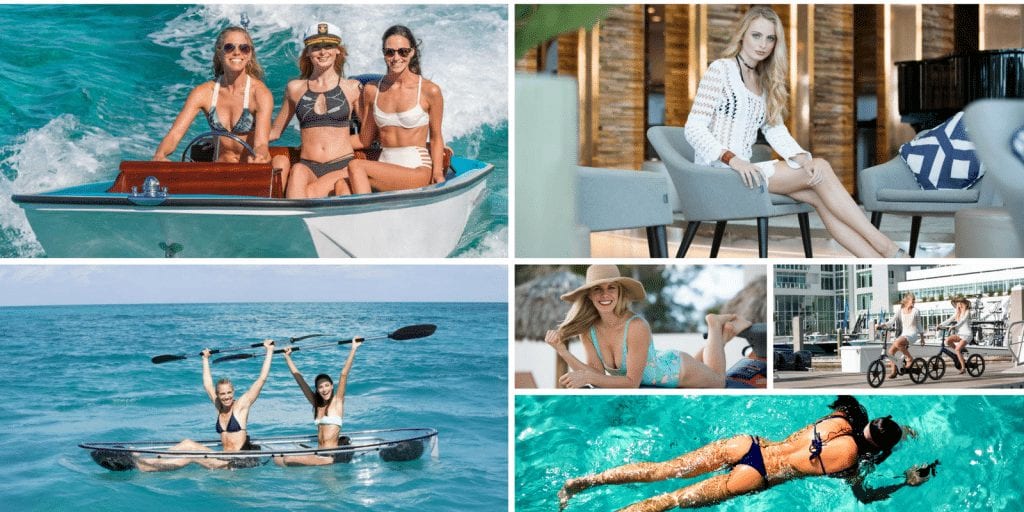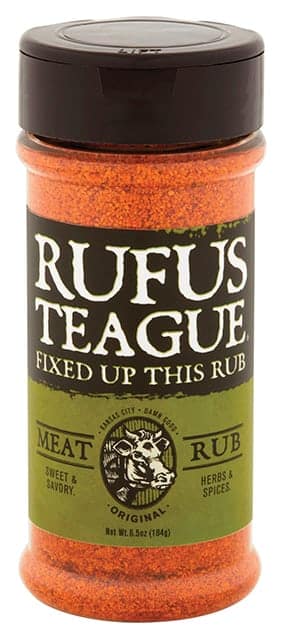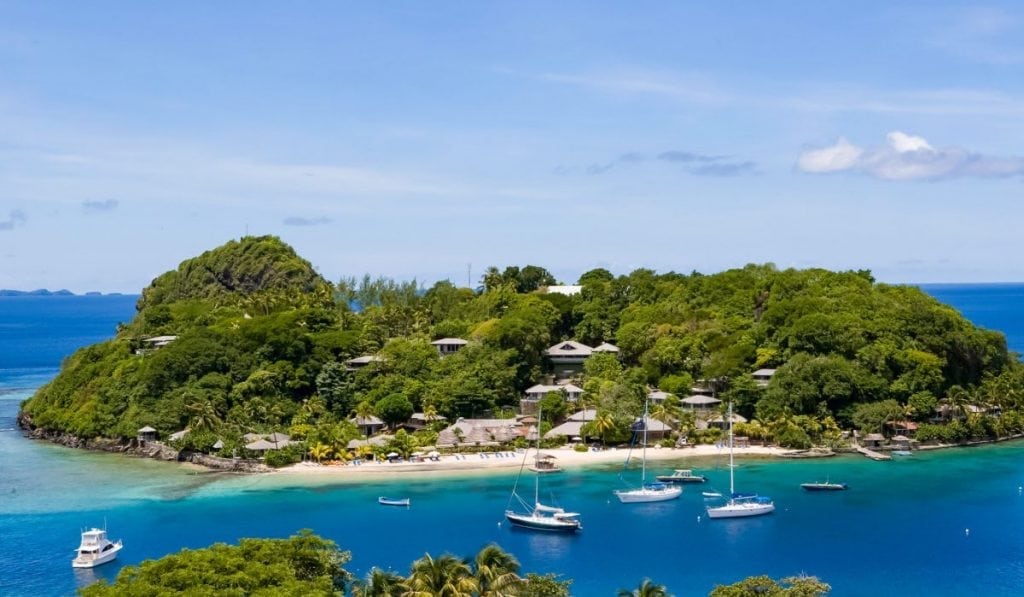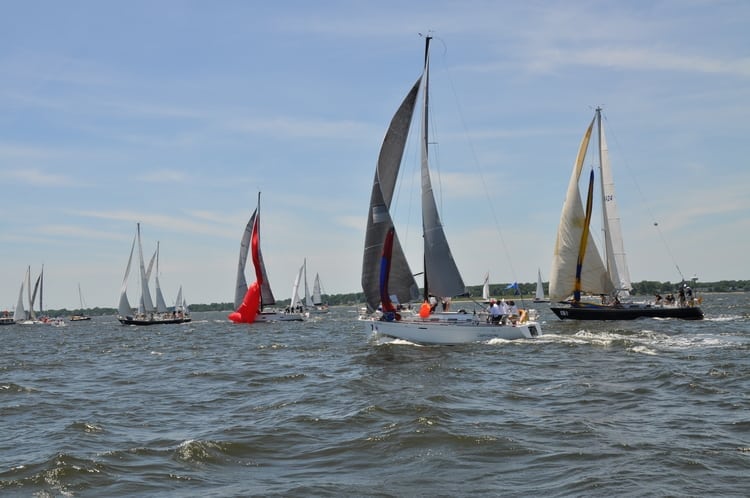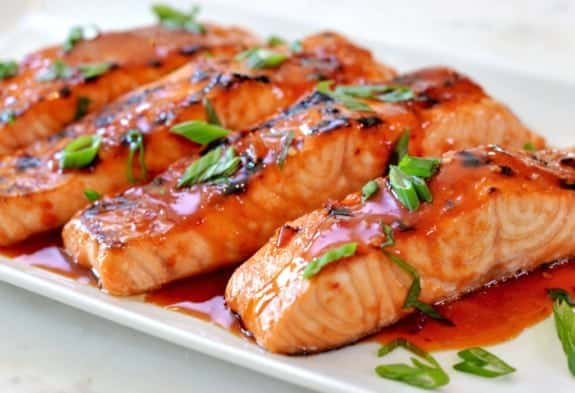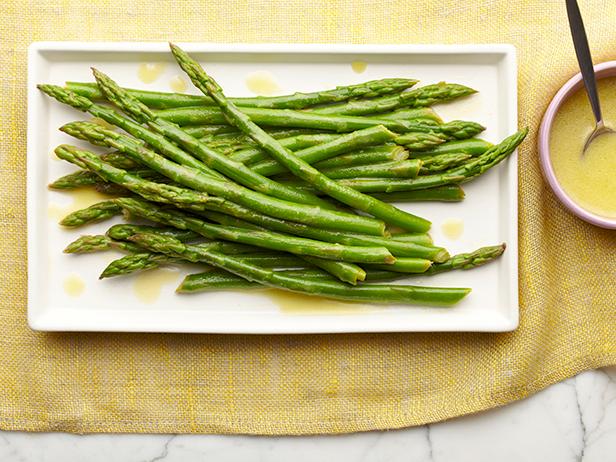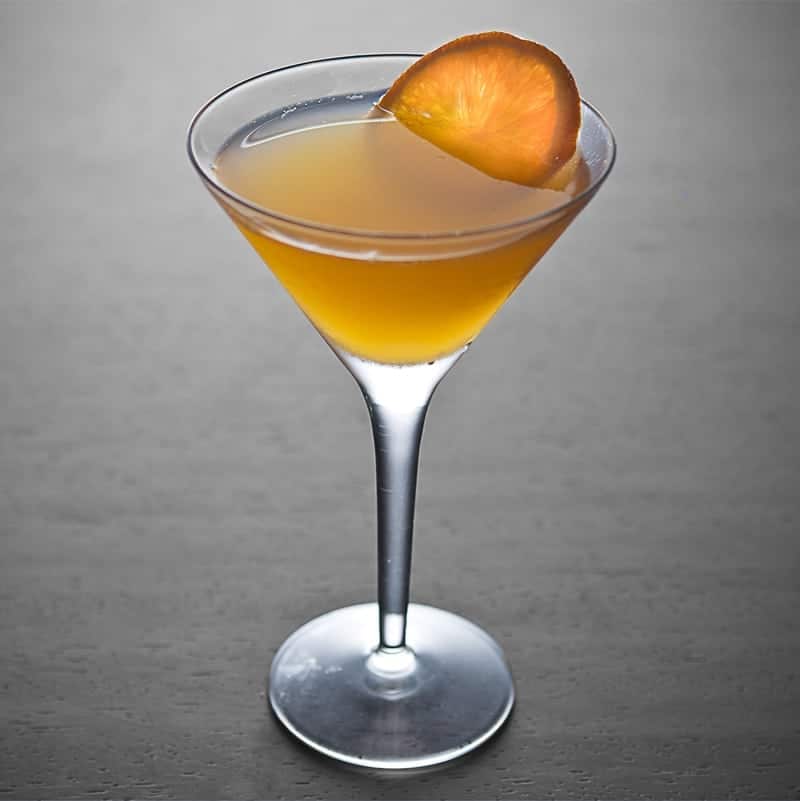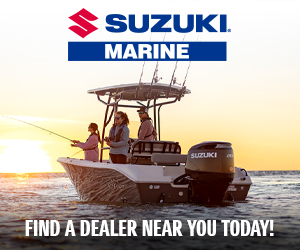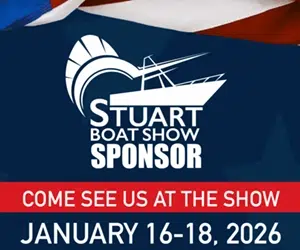Lifestyle
The tagline says it all: Southern Boating is more than a location; it’s a way of life! Boating is a lifestyle, and we’re here to show you how it’s done, the Southern Boating way. That means we care about the water that surrounds us, the people who support us, and the culture that fulfills us.
St. Augustine Lions Seafood Festival
St. Augustine Lions Seafood Festival Now in its 37th year, the Lions Seafood Festival is one of the most anticipated...
Read moreDetailsSt. Patrick’s Day Events
St. Patricks Day comes on Saturday, March 17th, so put on your Irish and go out “on the lash.” Crawl...
Read moreDetailsSavannah Boat Show
The 16th annual Savannah Boat Show welcomes all of those boaters to one of the Southeast’s premier winter boat shows....
Read moreDetailsUnderwater Sound
Humans can't hear underwater sound in the same way that whales or other creatures can. Sound is an integral part...
Read moreDetailsSimrad Products
Anglers can count on better fishing fortunes with technologically advanced Simrad Products. Never in the history of man have there...
Read moreDetailsSwimsuit 2018 Behind the Scenes
Swimsuit 2018 Exclusive: New video below! The photoshoot for our 2018 Swimsuit issue was quite the adventure, with just shy...
Read moreDetailsRufus Teague Sauces and Rubs
Rufus Teague Sauces and Rubs will take your Valentine’s Day menu to the next level! Made with only the highest...
Read moreDetailsCruise to Your Favorite Movies
Cruise to the movies What’s better than watching a movie? Cruising to the locale where the movie was filmed, of...
Read moreDetailsAnnapolis Bermuda Ocean Race
Destination? Paradise. At least for Annapolis Bermuda Ocean Race participants. The Biannual Annapolis Bermuda Ocean Race returns for 2018 on...
Read moreDetailsAsian Ambrosia
Food for a Lucky Chinese New Year: Celebrate 2018 Chinese New Year with a festive dinner party! Recipe serves 4. Asian Ambrosia...
Read moreDetailsSpicy Soy Chili Fish
Food for a Lucky Chinese New Year: Celebrate 2018 Chinese New Year with a festive dinner party! Recipe serves 4. Spicy Soy...
Read moreDetailsVegetable Lo Mein
Vegetable Lo Mein Food for a Lucky Chinese New Year. Celebrate 2018 Chinese New Year with a festive dinner party!...
Read moreDetailsBraised Chili Eggplant
Braised Chili Eggplant Celebrate 2018 Chinese New Year with a festive dinner party! Recipe serves 4. Braised Chili Eggplant Ingredients:...
Read moreDetailsAsparagus Salad
Celebrate 2018 Chinese New Year with this Asparagus Salad! Serves 4. Asparagus Salad Ingredients: 4 cups water 1 lb. asparagus,...
Read moreDetailsOrange Blossom Cocktails
Celebrate 2018 Chinese New Year with a festive dinner party! Orange Blossom Cocktails Ingredients: 16 oz. orange juice 8 oz....
Read moreDetails


